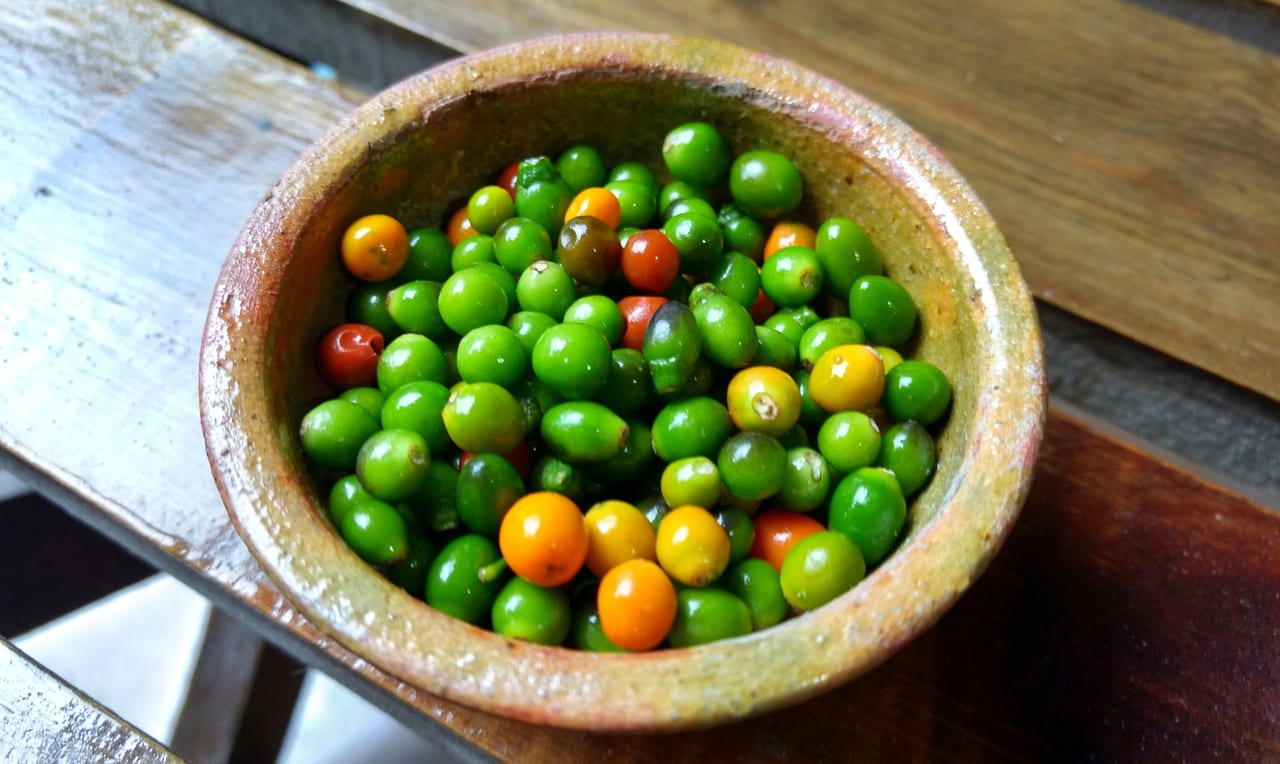2022
Predictions
Restaurant Menu Trends
If 2020 was focused on survival as an industry, and 2021 was about coming out of the pandemic and aiming for a return to some normalcy—then 2022 is about looking far into the future and embracing big ideas again.
That’s partly because we have to. The past two years have been so momentous and impactful that they have changed the trajectory of the food industry forever. As Datassential put together its 2022 “Trends to Watch” list, we considered both the short-term trends that will impact the year ahead and the long-term trends that will help us prepare for future success. We encourage you to do the same.
The Post-COVID Generation
We have talked a lot about the immediate impacts of the pandemic, but it’s time to start considering the long-term effects. It’s impossible to overstate how wide-ranging the impacts will be. This is a culture-changing, industry-redefining, global event. It will continue to impact where we live and work, our relationships with friends and family, future supply chain innovations, our relationship to technology, industry pay and values, how we think about cleanliness and health, the skills we have, and how we build restaurants and supermarkets in the future. It’s time to reconsider your 5-, 10-, and 20-year plans and completely rethink your assumptions of the future.
It’s time for restaurants, food processors and consumers to rethink the food experience, says Datassential.
New View

Photo courtesy of: Getty Images / alice photo
By MIKE KOSTYO, Contributing Editor
Mind Health is Top-of-Mind
While the food industry often focuses on physical health, consumers tell us that mental health and well-being are equally important to them. Younger consumers are creating a culture where there is less stigma in talking about mental health issues—with everything from self-care to virtual therapy becoming the norm.
Food products that promote mental health, stress relief (adaptogens), relaxation, sleep, and brain function will take up even more shelf space in the future, potentially becoming as common as products that offer nutrition or protein claims.
Better Than Meat
Today 71% of consumers have tried at least one plant-based meat alternative, with new chicken, pork and seafood products showing up at supermarkets and on menus alongside beef replacements. Now plant-based meat companies are asking themselves, “Why should we stop at simply replicating meat?”
They are working on and introducing new products that promise to taste even better than traditional meats, introducing more flavor or juicier texture to the “meat” itself. This opens up a world where there are no limits on the creative license companies may take when creating new plant-based meat products in the future.

Here’s to Your Health! Smoothie King says its new Immune Builder Orange smoothie comes with more than 1,000% of daily vitamin C, as well as selenium, zinc and vitamins A and E. Look for more new offerings to address mental health, stress relief, relaxation, sleep, and brain function. Photo courtesy of: Smoothie King Franchises, Inc.

Keep chiltepin peppers on your radar as consumers continue to embrace the heat. These tiny powerhouses are the only wild pepper native to the U.S. Photo courtesy of: Getty Images / Byron Obed Sagastume Bran
Veggie Heroes
While plant-based meat is getting a lot of attention, the trend has driven some consumers in the opposite direction. They are embracing simple fruits and vegetables on their own merits, often making statements like, “I don’t need my peas to pretend to be a hamburger.”
Products and menu items that celebrate natural, simple produce resonate with these consumers and will gain more attention in the year ahead as a counter-reaction to meat analogues. Both options and need states can coexist, sometimes even in the same consumer depending on their tastes or preferences at any given moment.

Play With Your Food! Starting October 28, consumers could access Chipotle's virtual restaurant location on Roblox for a chance to get an offer code for a free burrito, dress up in new Chipotle-inspired costumes, and navigate the Chipotle Boorito Maze to unlock exclusive virtual items upon reaching its center. Photo courtesy of: Chipotle Mexican Grill, Inc.
Hospitality at Home
Operators invented lots of creative ideas to recreate the hospitality experience at home during the past two years. These have ranged from delivering cocktails to creating Spotify playlists or hosting virtual classes and trivia nights. With delivery sticking around for the long term, many operators will not only continue to offer these unique options, but they will take them to new levels. Today there are apps that turn the delivery ordering experience into a phone-based game, consumers can hang out in a virtual version of a restaurant in the “metaverse,” and chefs and brands are forging personal connections with consumers through more immersive social media platforms.
Whether you are a foodservice or CPG brand, consider new ways to make the at-home experience fun and exciting for consumers.
Foods & Flavors to Watch
Every year we release our foods, flavors, ingredients, and dishes that are brand new to most consumers—but ones we think should be on your radar.
This year our list includes black salt, which chefs and manufacturers are celebrating as a flavor in its own right. They’re even using its sulphurous flavor to replace eggs in plant-based dishes. Also keep chiltepin peppers on your radar as consumers continue to embrace the heat. These tiny powerhouses are the only wild pepper native to the U.S. Meanwhile, sweet or savory chaat, the crunchy Indian snacks, are showing up both at retail and as a texture-driven topper on menus. And Sikil pak, the Mayan pumpkin seed dip, could just be the new hummus or guacamole.
Last but not least, we predict next-level non-dairy ice creams will continue to show up on menus and at retail, featuring alternative dairy options like sweet potato or kabocha “milk.” PF
Mike Kostyo is trendologist at Datassential, a supplier of trends, analysis and concept testing for the food industry. For more information, visit www.datassential.com or email the author at mike.kostyo@datassential.com
December 2021
